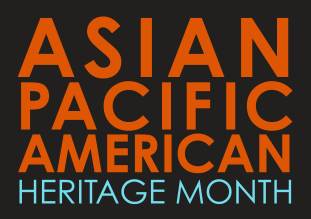
by Joe Corallo | May 31, 2022 | Blog
May marks Asian Americans and Pacific Islanders (AAPI) Heritage Month. It’s a month to celebrate and honor AAPI voices and identities around the world. In order to help celebrate this month, we’d like to highlight a number of Michele Kirichanskaya‘s interviews she’s...
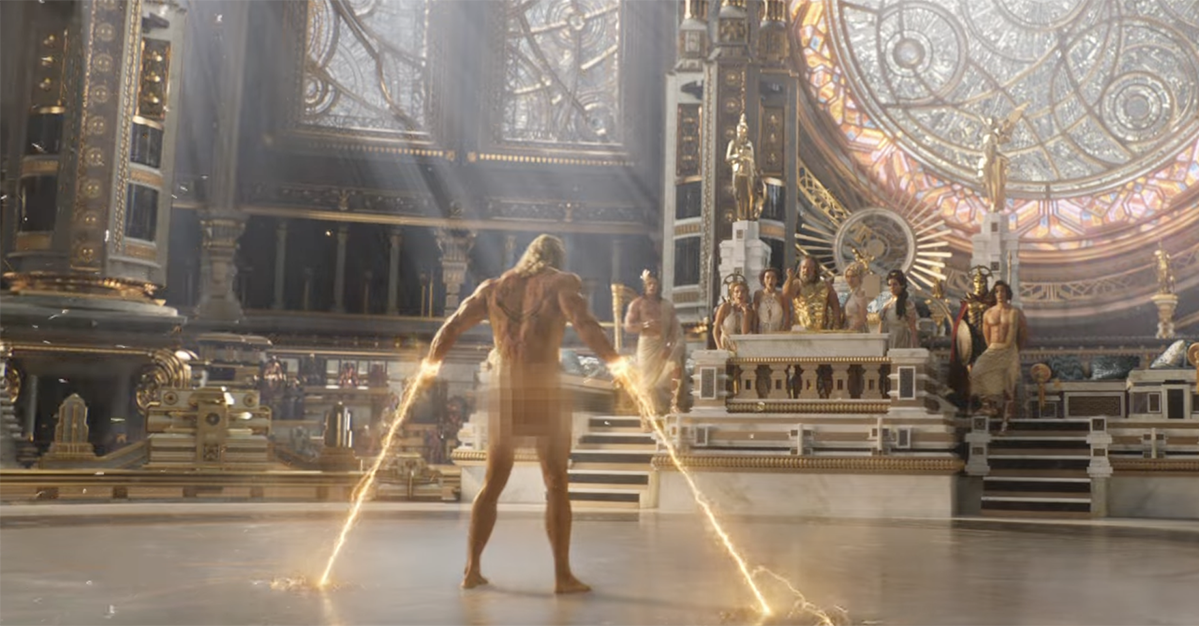
by Kevin Gilligan | May 31, 2022 | Podcast
In this new episode of the Geeks OUT Podcast, Kevin is joined by Jon Herzog, as they discuss the new reveals from the Thor: Love & Thunder trailer, Laverne Cox’s new Barbie doll, and celebrate the new trailer for the final season of Love, Victor in This Week...
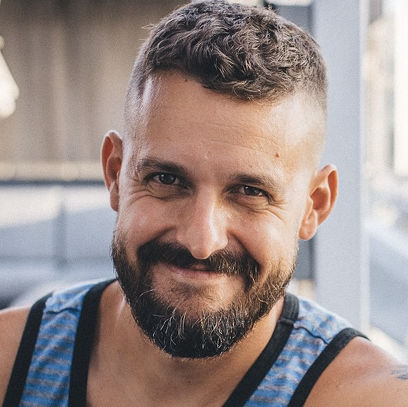
by Chris Allo | May 29, 2022 | Blog
With the graphic novel “Blink” from Tapas Media to “The Supernatural Society” from Harper Collings, Rex has written dozens of books and graphic novels for the YA audience! In his very candid and critically acclaimed memoir, “Free...
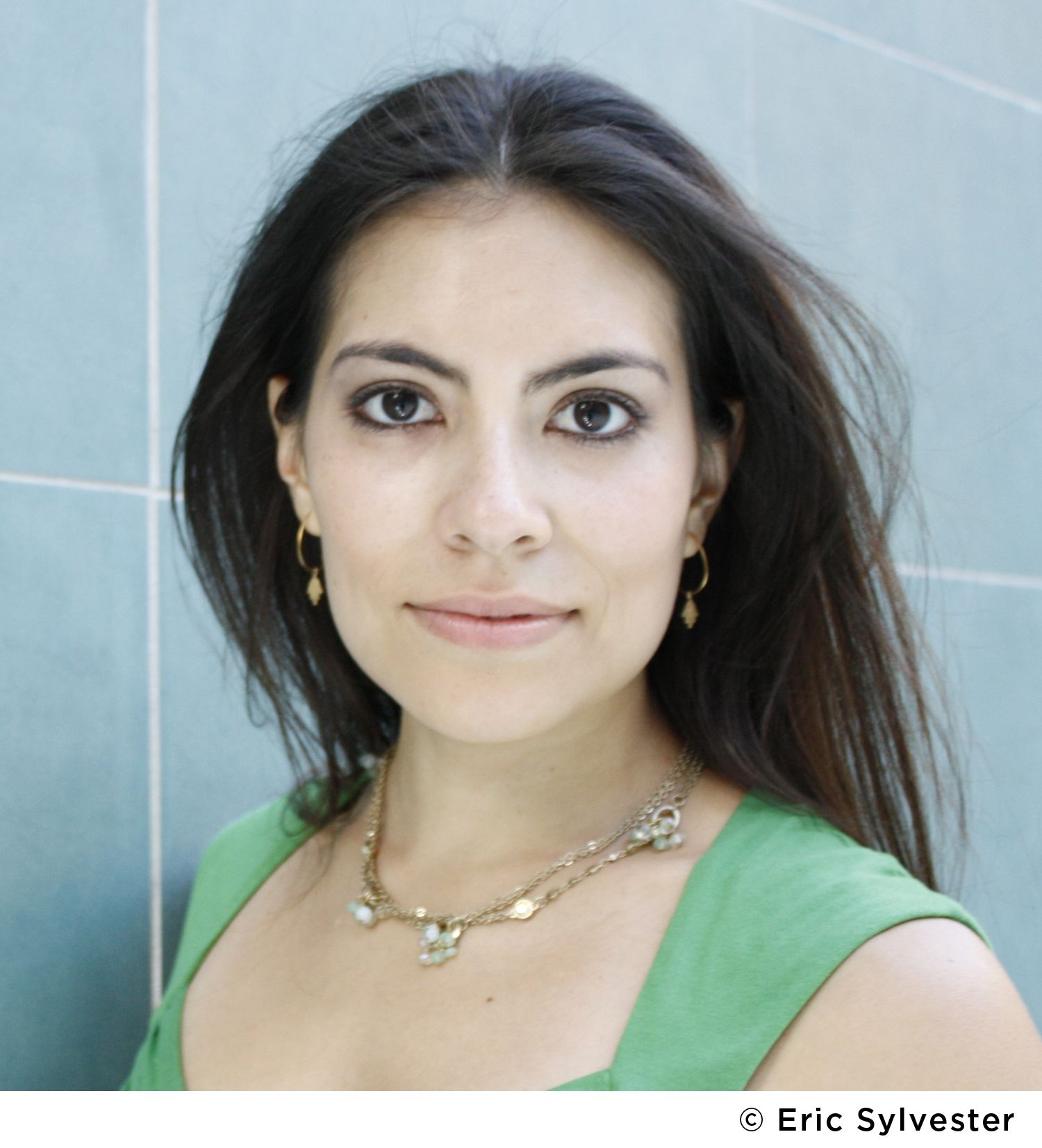
by Michele Kirichanskaya | May 27, 2022 | Blog
Natalia Sylvester is the author of Running, her YA debut, as well as two novels for adults. Born in Lima, Peru, she grew up in Miami, Central Florida, and South Texas, and received a BFA from the University of Miami. She currently lives in Austin, Texas. Follow her on...
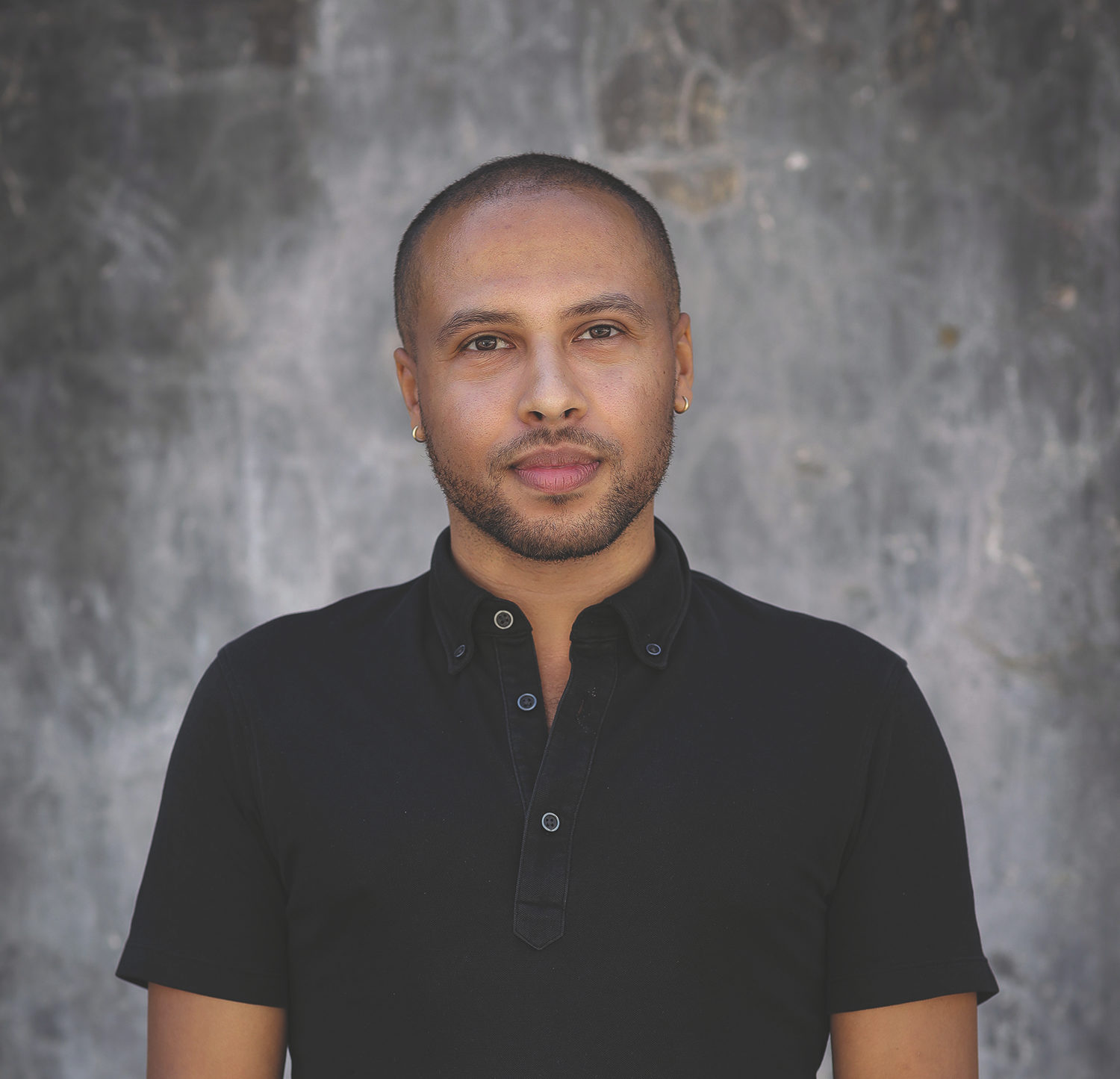
by Michele Kirichanskaya | May 25, 2022 | Blog
Dean Atta is a British author from London. He is a member of Malika’s Poetry Kitchen and a patron of LGBT+ History Month. His young-adult novel in verse, THE BLACK FLAMINGO (Hachette Children’s Group / Balzer + Bray), won the 2020 Stonewall Book Award and was...





